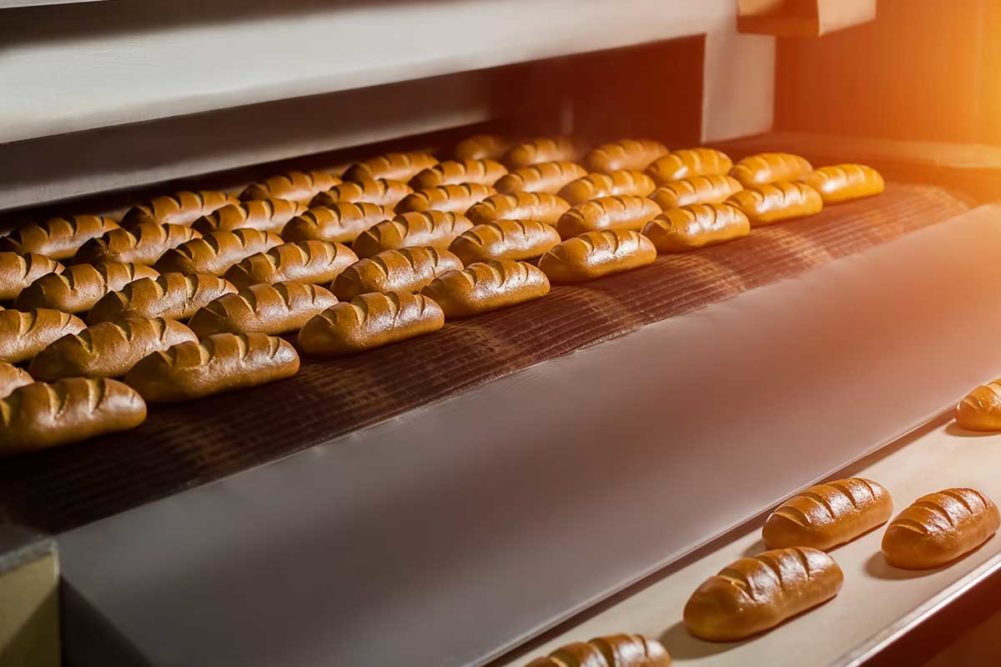With enzymes, bakers can manage their costs as prices of ingredients have risen, some dramatically.
“Bakers’ dependence on enzymes has increased in recent years due to rising prices and supply chain challenges of key ingredients such as gluten and DATEM,” said Yanling Yin, PhD, director of research, development and applications for bakery, Corbion. “These cost increases and ingredient shortages have forced bakers to look for alternatives, such as enzymes, to keep their production lines going. Extending product shelf life with enzymes also results in reduced waste for customers and consumers, which also contributes to cost savings.”
Bakers generally only need a tiny amount of enzymes in a baked good formulation.
“Enzymes are very concentrated; we’re talking about parts per million of enzymes needed to replace a percentage of emulsifiers,” said Luc Casavant, director, baking applications, Lallemand Baking. “You need much less of the enzymes to replace what you are replacing. You need a bit more time; that is the only difference.”
Enzyme-based products not only run at lower rates, they are easier to use because most are powders and require less production time, pointed out EB Russell, business development manager, Lesaffre, adding that they require lower freight levels, have at least a year of shelf life and don’t need as much manpower to produce.
“Let’s say a baker uses 4% of a mono- and diglyceride (baker’s percent) in a product,” she said. “They have to ensure they have enough of that product available and shipped to them for a week’s production. If the baker is using 4% in 1,000-lb doughs at a time, with three lines that run eight doughs per day five days a week, they would need, roughly, 5,000 lbs of mono- and diglyceride a week. If they used an enzyme blend mono- and diglyceride replacer at 0.4% with the same runs, they would need, roughly, 500 lbs.”
Bakers can also use enzymes to replace some basic items that have experienced spikes in the past year.
“Enzymes have the ability to mimic the functionalities of more expensive ingredients such as fat, oil, eggs, monoglycerides and others, enabling bakers to reduce their dependency on these ingredients and secure a more consistent supply chain,” said Michael Gleason, senior product manager bakery, Puratos USA. “The use of enzymes in bakery production has thus become an increasingly popular solution for overcoming supply chain challenges and enabling bakers to produce high-quality baked goods that meet the evolving needs of consumers.”
Vanessa Bergamini Mendes, global product marketing manager, food enzymes, bakery, IFF. said that with the increasing concerns about food waste, making products that stay fresher longer can help businesses strategically and with sustainability. For example, she said that IFF developed an enzyme that keeps wheat tortillas soft, moist and fresh longer.
“A product that can maintain its quality characteristics results in the possibility of geographic expansion and decreases the risk of product return, meaning less food waste along the value chain,” she said.
It’s clear that bakeries are turning to enzymes more often to solve a variety of problems while maintaining a clean label.
New solutions are being developed all the time and more applications are being discovered, which will no doubt expand their use and make them a vital tool for bakers.
“With the discovery of more effective enzymes and advancements in enzyme technology, enzyme-based solutions are becoming more and more affordable for bakers,” Mr. Gleason said. “The cost-effectiveness and functional benefits of enzyme-based ingredients have made them an attractive option for bakers looking to improve their production processes, reduce costs and meet the evolving needs of consumers.”
This article is an excerpt from the March 2023 issue of Baking & Snack. To read the entire feature on Enzymes, click here.





